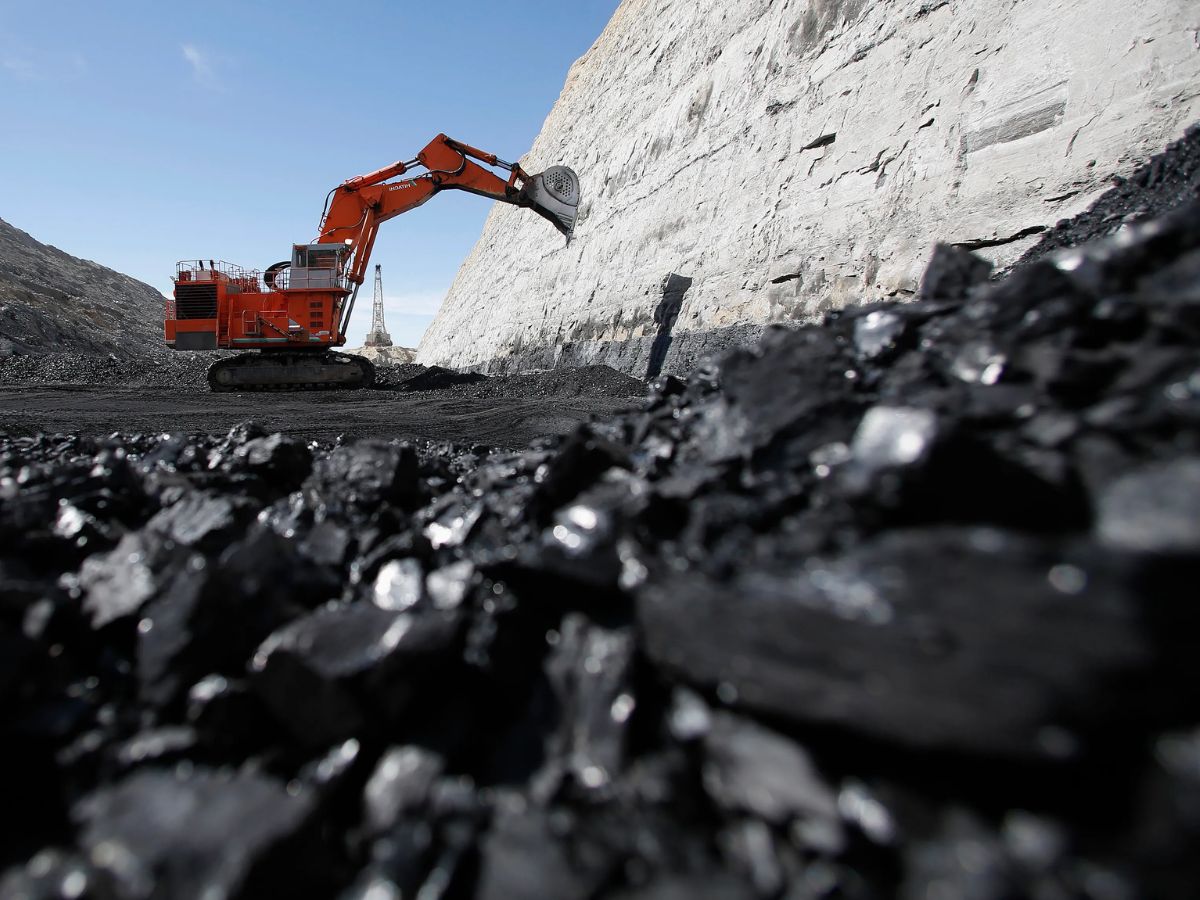
Coal has long been a cornerstone of global energy production, powering industries and homes alike. Yet, its impact on the environment and evolving energy landscapes raises questions about its future role. Coal industry facts reveal a complex picture of energy demands, economic significance, and environmental considerations. From its historical dominance to current challenges and innovations aimed at cleaner usage, understanding coal is key to grasping the broader energy debate. This post will illuminate intriguing aspects of the coal sector, shedding light on its contributions, drawbacks, and the path forward amidst a shifting energy paradigm. Perfect for those curious about how this age-old resource fits into today's quest for sustainable energy solutions.
What is Coal Used For?
Coal, a sedimentary rock composed primarily of carbon, has been a fundamental energy source for centuries. Its uses extend beyond just burning for heat.
-
Electricity Generation: Coal is a major source for generating electricity worldwide. Power plants burn coal to produce steam, which then drives turbine generators to produce electricity.
-
Steel Production: Coal is also crucial in steel production. Specifically, metallurgical coal is used to produce coke, a key ingredient in steel manufacturing.
-
Cement Manufacturing: Coal serves as an energy source in the production of cement. The high temperatures required to produce clinker, a component of cement, are achieved by burning coal.
How Does Coal Impact the Environment?
While coal is a significant energy source, its environmental impact cannot be overlooked.
-
Air Pollution: Burning coal releases harmful pollutants into the air, including sulfur dioxide, nitrogen oxides, and particulate matter, contributing to air quality issues and respiratory problems.
-
Greenhouse Gas Emissions: Coal combustion is one of the largest sources of carbon dioxide, a greenhouse gas that contributes to global warming and climate change.
-
Land Degradation: Coal mining, especially surface mining, can lead to significant land degradation, destroying habitats and altering landscapes.
The Global Coal Industry
The coal industry plays a pivotal role in the global energy sector, with several countries heavily reliant on coal for their energy needs.
-
China: As the world's largest producer and consumer of coal, China's energy sector is heavily coal-dependent.
-
India: India is another major player in the coal industry, using coal to meet a significant portion of its electricity demand.
-
United States: Historically, the U.S. has been a major coal producer and consumer, though its reliance on coal has been decreasing in favor of cleaner energy sources.
Innovations in Coal Technology
Despite its environmental drawbacks, innovations aim to make coal use more efficient and less harmful.
-
Carbon Capture and Storage (CCS): This technology captures carbon dioxide emissions from coal power plants and stores them underground to prevent them from entering the atmosphere.
-
High-Efficiency, Low-Emission (HELE) Technologies: These technologies improve the efficiency of coal-fired power plants and reduce emissions of pollutants.
The Future of Coal
The future of coal is uncertain, with environmental concerns and renewable energy sources challenging its dominance.
-
Shift to Renewables: Many countries are shifting towards renewable energy sources, such as wind and solar, which could decrease the demand for coal.
-
Coal Phase-Out Policies: Some nations have implemented policies to phase out coal use in the coming decades to combat climate change.
-
Continued Use in Developing Countries: Despite global trends, coal is likely to remain an important energy source in many developing countries due to its abundance and low cost.
Economic Aspects of Coal
Coal not only has environmental and health impacts but also significant economic implications.
-
Job Creation: The coal industry provides numerous jobs, from mining to transportation and power generation.
-
Market Fluctuations: Coal prices can be volatile, influenced by factors such as environmental policies, demand in China and India, and competition from natural gas and renewables.
-
Subsidies: In some regions, coal production and consumption are subsidized by governments, affecting market dynamics and competition with cleaner energy sources.
Health Impacts of Coal
The health impacts of coal are a significant concern, affecting communities around coal mines and power plants.
-
Respiratory Issues: Exposure to coal dust and air pollution from coal combustion can lead to respiratory issues, including asthma and chronic bronchitis.
-
Water Pollution: Coal mining and processing can contaminate water sources with heavy metals and chemicals, posing risks to human health and ecosystems.
A Final Glimpse into Coal's World
Diving deep into the coal industry has uncovered fascinating insights. From its pivotal role in powering nations to the environmental challenges it poses, coal's impact is undeniable. We've seen how technological advancements and regulations are shaping its future, aiming for a balance between energy needs and environmental protection. Coal's journey from ancient times to today highlights its enduring significance and the complexities of transitioning to greener energy sources. As we move forward, understanding coal's multifaceted role in our world remains crucial. Whether it's through innovative clean coal technologies or finding sustainable alternatives, the path ahead is all about adapting and evolving. Let's keep our eyes peeled for how this age-old resource navigates the modern era, influencing economies, environments, and energy policies worldwide.
Was this page helpful?
Our commitment to delivering trustworthy and engaging content is at the heart of what we do. Each fact on our site is contributed by real users like you, bringing a wealth of diverse insights and information. To ensure the highest standards of accuracy and reliability, our dedicated editors meticulously review each submission. This process guarantees that the facts we share are not only fascinating but also credible. Trust in our commitment to quality and authenticity as you explore and learn with us.


